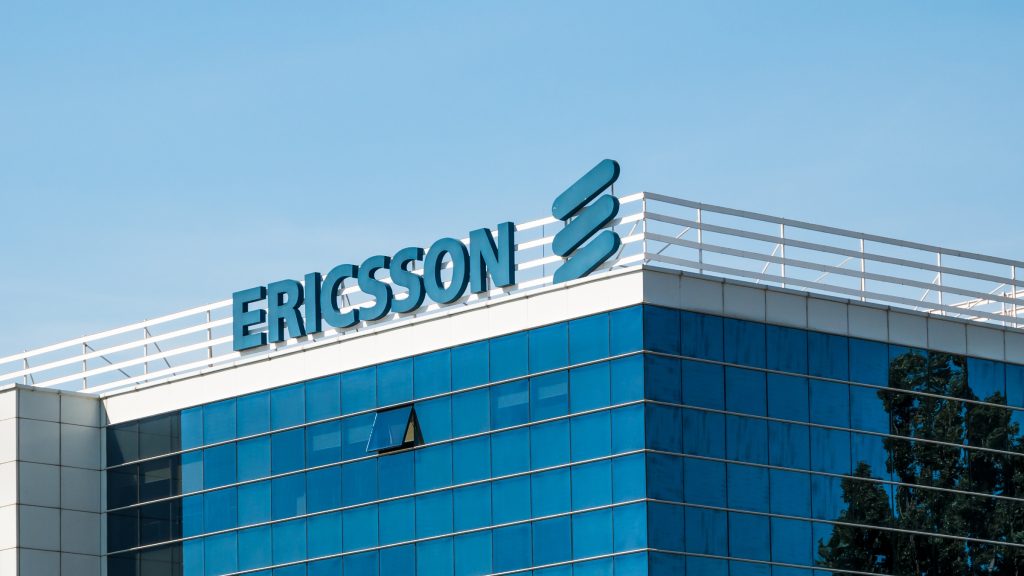
On April 2, Ericsson and Boliden launched an initiative to turn retired telecom equipment into reusable raw materials, deploying smart tracking technology to make e-waste recycling more transparent and advance circular economy objectives.
Partnering with IVL Environmental Research Institute, the project at Boliden’s Rönnskär facility in the north of Sweden uses Ericsson’s Connected Recycling platform to meticulously trace materials through their lifecycle.
To solve the mountain of telecom network e-waste issue, Ericsson’s collaboration with the Swedish mining and metals company Boliden will help recover valuable materials from used telecom gear.
With IVL Swedish Environmental Research Institute funding, the companies will better themselves in e-waste management and recycling, and openly, at the Boliden’s Rönnskär facility.
The e-waste recycling in telecom project that will employ Ericsson’s recycling platform to track and trace retired telecommunication equipment, will also investigate the advantages of recycling e-waste and where materials are headed, how they are reused or recycled, and what kind of environmental footprint is left behind.
“As recycling becomes more complex, trusted data and traceability are crucial,” said Sophia Fahlen, head of connected recycling at Ericsson, adding, “Our goal is to shift the industry’s perspective on waste, viewing it as valuable raw material integral to circular value chains.”
Waste in Circular Economies
The partnership extends beyond the e-waste recycling issue, now, it has become an issue of creating a real circular economy, meaning telcos can extend materials lifespan through reuse, repair, and eventually recycling them. For mobile network operators (MNOs) and other hardware manufacturing companies, that could mean harvesting spare parts, reselling old gear, or recovering metals from outdated devices, such as copper.
“Together with Boliden, we clearly demonstrate that digitalization and connectivity can drive material circularity,” Fahlen said.
By following the whole life cycle of these telecom industry waste management devices, the team is creating a digital footprint that uncovers exactly what’s inside them, where and when they were employed, and how they can be recycled. Such insight of sustainable telecom recycling aids companies in making improved decisions on their equipment and the world.
Ericsson and Boliden’s new e-waste recycling project is clearly an ambitious vision of transforming discarded electronics into sustainable resources for future applications. Even though it’s early in its infant stage, the very notion of diverting hazardous waste from landfills to repurpose it into ethically sourced materials for new technologies will set new standards for responsible technology consumption.
Inside Telecom provides you with an extensive list of content covering all aspects of the tech industry. Keep an eye on our Telecom sections to stay informed and up-to-date with our daily articles.